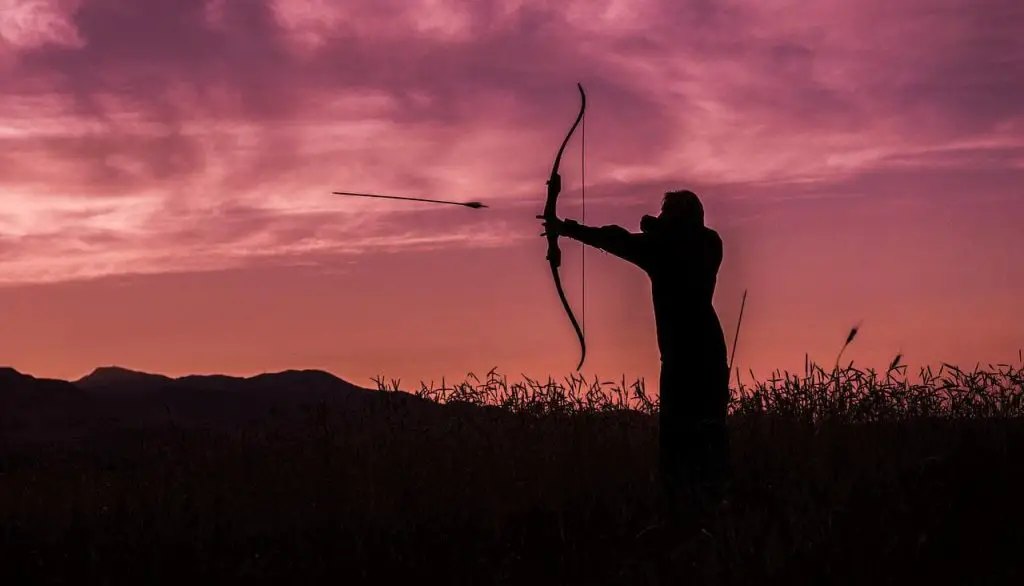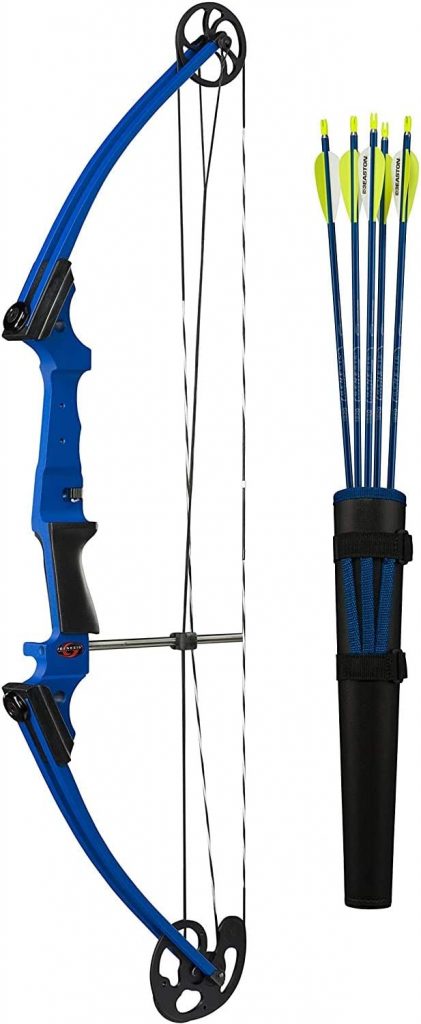If you want to know how far an arrow can travel, there are several factors that need to be considered. These include the weight of the arrow, its limb, and fletching. However, a high kinetic energy doesn’t necessarily mean it’s the best choice. This article discusses a few of these factors and how they affect the distance an arrow can travel. Listed below are a few examples of how far an arrow can travel.
| Genesis Original Kit |
Weight of arrow
If you want to find out how far an arrow can travel, consider its weight. The heavier the front end, the longer and straighter it will travel. A piece of string that is hung loosely from a tree branch will not fly straight when you throw it. The same is true for an arrow in flight. The heavier the point, the longer and straighter it will fly. But it is not just the weight of the arrow that affects its performance.
If you want to increase the front end weight of an arrow, you can use a heavier broadhead. Generally, a 125-grain broadhead will do the trick. A heavier broadhead will have a thicker blade and a steel ferrule, adding to its strength and durability. It will be easier to hit a target with the added weight. But do consider the drawbacks of using a heavy broadhead: it is not as effective for hunting large animals.
Length of arrow
When shooting arrows, one of the most important things you should pay attention to is the length. Too long or too short and you risk compromising your safety. If your arrow is too long, you risk adding extra weight in mid-flight, affecting its trajectory and its efficiency. To measure the length of your arrow, stand with your palms together. Measure from the center of your chest to the tips of your fingers and add an inch for safety.
There are several factors that affect the bend of an arrow. The length of an arrow is related to the weight of the point on the tip. A stiff arrow bends more when fired to the left than a weak arrow. The differences between stiff and weak arrows are due to variations in the arrow’s spine. However, there are no proven scientific studies to support these findings. The length of an arrow can vary significantly depending on its weight.
Weight of limb
The weight of a human limb is a factor in determining the distance an arrow can travel. A man may be 30 to 50 pounds, so an arrow with that weight would travel further than one without the ball. However, this weight is disproportionately large in relation to the force of the arrow. Therefore, the mass of an arrow must be increased to compensate for the weight of the limb. This means that an arrow with a ball attached will fall much faster than one without the ball.
The weight of an arrow affects its speed in different ways. The higher its mass, the slower it will leave the bow. But since mass is the key to speed, a heavier arrow will have a higher kinetic energy than a lighter one. Consequently, a heavier arrow will travel further than one with a lighter limb because the force acting on it slows it down.
Weight of fletching
When designing an arrow, consider how the weight of the fletching will affect its flight characteristics. Straight fletching produces the highest speed, though a slight arrow drag can be a problem in windy conditions. Off-set fletching offers more stability and spin, similar to the rotation of a bullet in a rifled gun barrel. Off-set fletching will reduce speed a bit due to air resistance.
Several factors influence how far an arrow can travel. A light fletching will give the arrow the maximum speed, while a heavy one will make it harder to control its flight. Longer fletchings increase stability and are better suited for arrows that need more correction. But, the size of the fletching can also be an issue. For those who are new to archery, a wooden arrow shaft is a good choice.
Wind speed
Wind speed affects the trajectory and flight distance of an arrow. At sixty yards, a crosswind of thirty mph can cause an arrow to deviate by twenty inches. In contrast, a shot from a prone position in 20 mph winds will impact about 5 inches from the point of aim. At thirty yards, the wind speed will cause an arrow to deviate by 30 inches.
Using the equation of the arrow’s initial velocity, we can calculate how far an arrow can travel. A ten-pound arrow will travel a distance of approximately five meters after a second, while an arrow weighing fifty pounds will travel at a distance of eighty-five meters. However, the time taken for an arrow to hit the ground is much longer, and the arrow will lose a bit of momentum.



